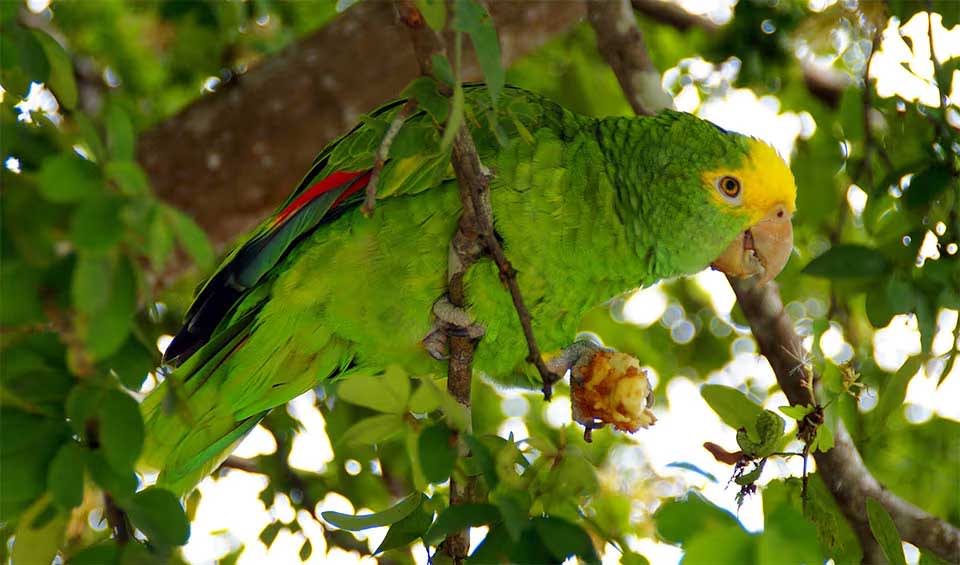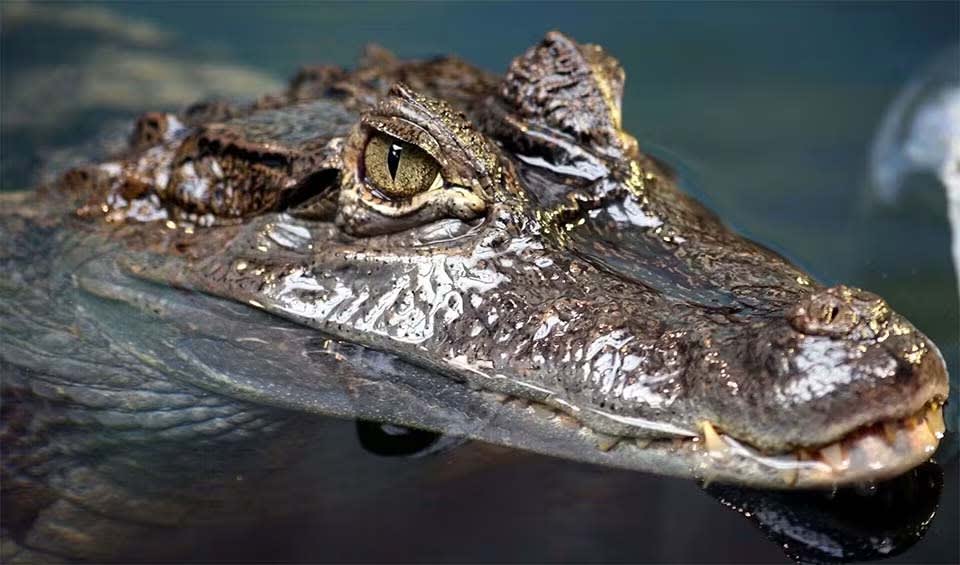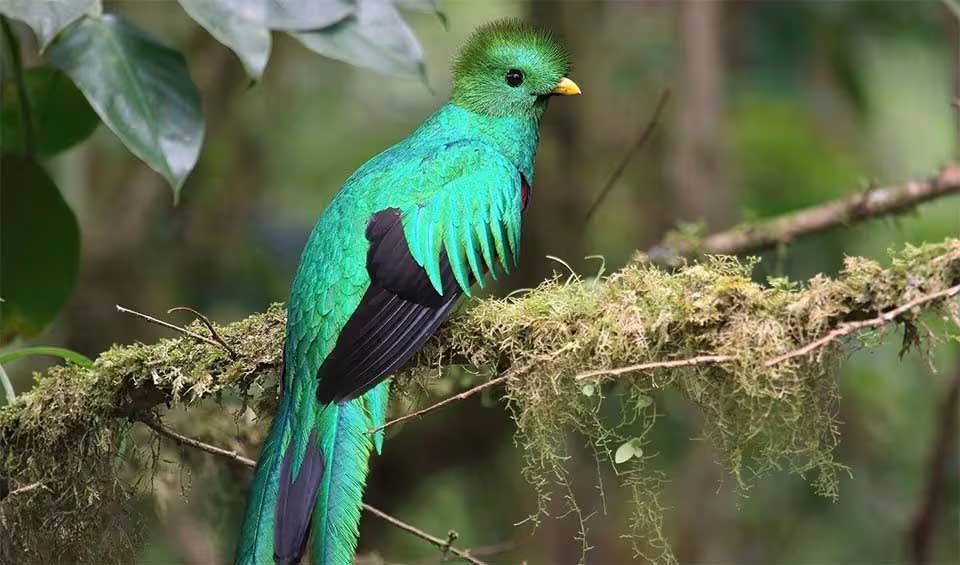Guatemala possesses a rich and diverse range of ecosystems and species, although much of it remains insufficiently explored. Situated in a tropical region, Guatemala’s landscape is shaped by its complex topography, wide elevation range, and climatic variations influenced by ENSO (El Niño-Southern Oscillation) events. This diversity manifests across thirteen distinct Holdridge life-zones, categorized into tropical forest, piedmont tropical forest, mountain tropical forest, and sub-Andean tropical forest.
Moreover, Guatemala’s 403 km-long (250 miles) coastline hosts a plethora of coastal and marine environments, including coral reefs, sea-grass beds, mangroves, beaches, lagoons, and coastal dunes. Despite this richness, many of these ecosystems and species remain understudied, presenting opportunities for further exploration and conservation efforts in the “Land of Many Trees.”
Four pillars elaborated:
Guatemala boasts an impressive array of 350 protected areas, comprising diverse ecosystems and landscapes vital for safeguarding the country’s rich biodiversity, cultural heritage, and natural resources. Among these areas, 347 are terrestrial, 0 are marine, and 3 are coastal, ensuring protection for various habitats and species. From lush rainforests to towering volcanoes, pristine beaches, and coral reefs, these protected areas offer a haven for Guatemala’s unique flora and fauna. Land Management
Land Management
Among them, the Maya Biosphere Reserve stands out, encompassing extensive rainforest, archaeological sites, and abundant biodiversity, playing a pivotal role in conserving the region’s cultural and natural heritage. Overseen by the National Council for Protected Areas (CONAP), Guatemala’s protected areas strive for the conservation and sustainable utilization of its biological diversity and natural reserves.
Guatemala’s biodiversity faces significant threats from habitat loss and degradation across terrestrial, aquatic, and coastal marine environments. Deforestation, illegal logging, and forest fires endanger forest ecosystems, while river habitats suffer from pollution and invasive species. Coastal areas are impacted by poor watershed management, leading to erosion and sedimentation, exacerbated by dam construction. Mangroves are threatened by shrimp farms and tourism infrastructure. Coral reefs are affected by bleaching and invasive species. Specific species, like sea turtles and manatees, face overexploitation and trafficking, highlighting the urgent need for conservation efforts. Threats to Biodiversity
Threats to Biodiversity
Guatemala is actively involved in international agreements concerning biodiversity protection, such as the Convention on International Trade in Endangered Species of Wild Fauna and Flora and the Ramsar Convention on Wetlands. Since ratifying the CBD in 1995 and its Cartagena and Nagoya protocols, the government has focused on developing policies to safeguard biodiversity. This includes the adoption of the National Biodiversity Policy in 2011 and subsequent strategies, such as the National Biodiversity Strategy and Action Plan 2012-2022. The cornerstone of Guatemala’s conservation efforts lies in its extensive system of protected areas, managed by CONAP, covering 38.4% of the country’s territory and including UNESCO biosphere reserves like Maya and Trifinio Fraternidad, along with World Heritage sites like Tikal National Park. Capacity and Governance
Capacity and Governance
Guatemala’s National Development Plan K’atun 2032 aims to enhance protected area management, achieve zero net deforestation in protected area core zones, and reduce the number of threatened species by 14%. Similarly, the National Biodiversity Strategy and Action Plan 2012-2022 sets 14 goals, aligned with the Aichi targets, to be accomplished by 2022. These goals include incorporating at least 10% of coastal-marine ecosystems into sustainable use and conservation mechanisms, restoring 15% of the country’s biodiversity and ecosystem services, and consolidating 50% of protected areas and other conservation schemes into the National System for Conservation and Sustainable Use of Biological Diversity. Future Trends
Future Trends
Biodiversity
The tropical rainforests of the Petén region in northern Guatemala are among the most biodiverse areas in Central America. These dense forests are home to a wide variety of wildlife, including jaguars, ocelots, tapirs, and howler monkeys. Bird species such as the keel-billed toucan, scarlet macaw, and the resplendent quetzal, Guatemala’s national bird, thrive in these lush habitats. The Petén is also rich in plant life, with towering ceiba trees, various palms, and abundant orchids and bromeliads.Coastal mangroves and wetlands, such as those on the Pacific and Caribbean coasts, play a crucial role in supporting biodiversity. Mangroves provide essential breeding and feeding grounds for fish, crustaceans, and bird species. These wetlands and coastal lagoons are important habitats for migratory birds, including species like the roseate spoonbill and the American flamingo. Guatemala’s marine environments, particularly along its Pacific and Caribbean coasts, are rich in marine life. Coral reefs, seagrass beds, and coastal waters support a variety of species, including sea turtles, dolphins, and numerous fish species.
In the table below are the number of known species in several main groups, how many of these species are Threatened with extinction, and how many of them are Endemic (unique to Guatemala only):
| Species (World rank) |
Threatened | % Threatened | Endemic | % Endemic | |
|---|---|---|---|---|---|
| Mammals | 243 (#44) | 15 | 6.2% | 17 | 7.0% |
| Birds | 699 (#37) | 18 | 2.6% | 1 | 0.1% |
| Reptiles | 284 (#30) | 32 | 11.3% | 24 | 8.5% |
| Amphibians | 165 (#23) | 77 | 46.7% | 55 | 33.3% |
| Fishes | 907 (#60) | 66 | 7.3% | 11 | 1.2% |
| Plants | 10,317 (#32) | 120 | 1.2% | 72 | 0.7% |
mammals
Ocelot
They are picky eaters, often plucking off all the furs or feathers of the prey before start eating them
Yucatán black howler monkey
An elegant arboreal dweller with a resounding voice that echoes through the forest
Bairds tapir
The largest land mammal native to Central and South America
birds
Yellow-headed parrot
A genius of the jungle with a vibrant fashion sense
Great Tinamou
A large bird with the tiniest heart and the highest percentage of skeletal muscles used for locomotion
Painted bunting
A tiny bird with colors so bright, it looks like it was painted by an artist
reptiles
Spectacled caiman
You might get the worst scare of your life if you see the crimson glow in the eyes of these creatures at night
Boa constrictor
A small genus of Large snakes, strangling their prey endemic to the Americas
Central American river turtle
Generally known as Hickatee, it is the sole surviving species of its family
amphibians
Black-eyed leaf frog
Has bulging orange eyes that seem to pop right out of its head, earning it the nickname “popeye hyla”
Cane toad
When a big one meets a smaller one, it’s lunch!
Red-eyed tree frog
A charismatic frog is known for its beauty which can often be seen on all sorts of artwork throughout the world
National Animals
Resplendent quetzal
This beauty, also known as the “God of the air”, is the national bird of Guatemala and its official currency!

















